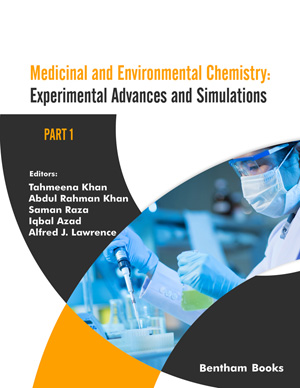Abstract
Persistent organic pollutants (POPs) are chemicals compounds that directly affect human and animal health and accumulate in the environment leading to continuous exposure. They have the properties like bioaccumulation, persistence, and biomagnification, which give them the advantage of getting transported by wind and water. POPs were introduced with an intent to benefit the human population, but their excessive usage had made their presence everywhere that turns them to be toxic compounds. Some of the POPs are even generated as a byproduct of chemical and thermal processes. The toxicity evaluation of the POPs moved it towards the class of toxicants that are carcinogenic by nature and imposes a threat to animal and human both. The various analytical approaches had been made to quantify the POPs in various matrices using different sophisticated analytical tools like high-resolution GC-MS and LC-MS/MS. The limit of detection (LOD) and limit of quantification (LOQ) are proposed to be lower as they need to be quantified and detected in biological samples as well.
Keywords: Bioaccumulation, Biomagnification, Carcinogenic, High-resolution GC-MS and LC-MS/MS, Persistent.






















